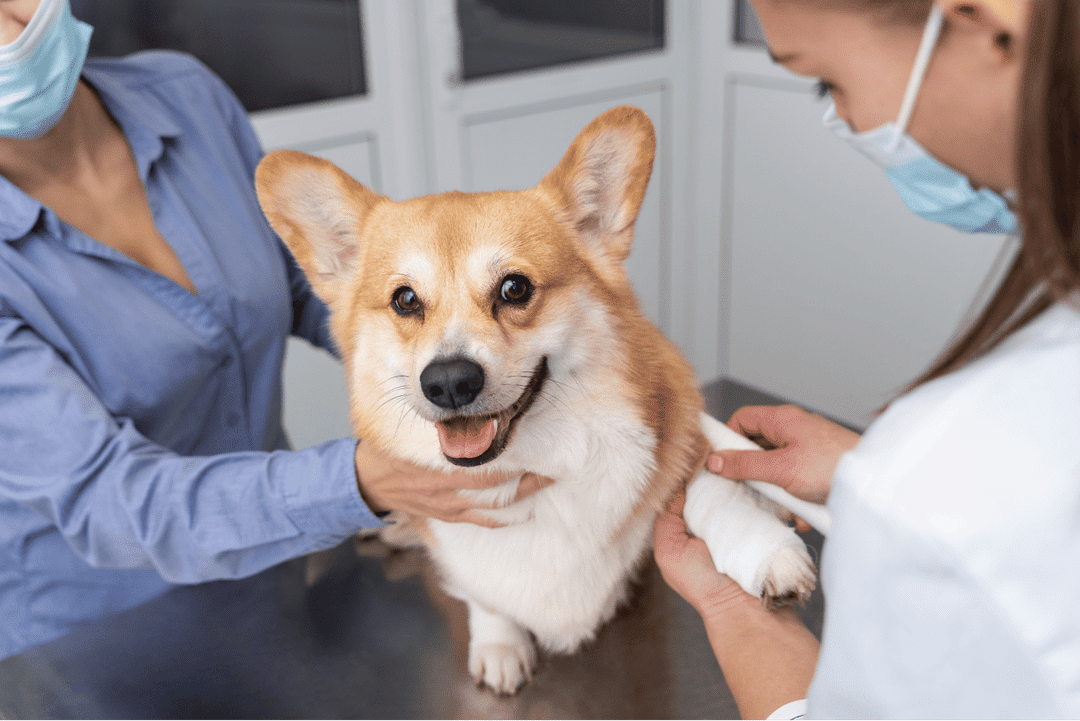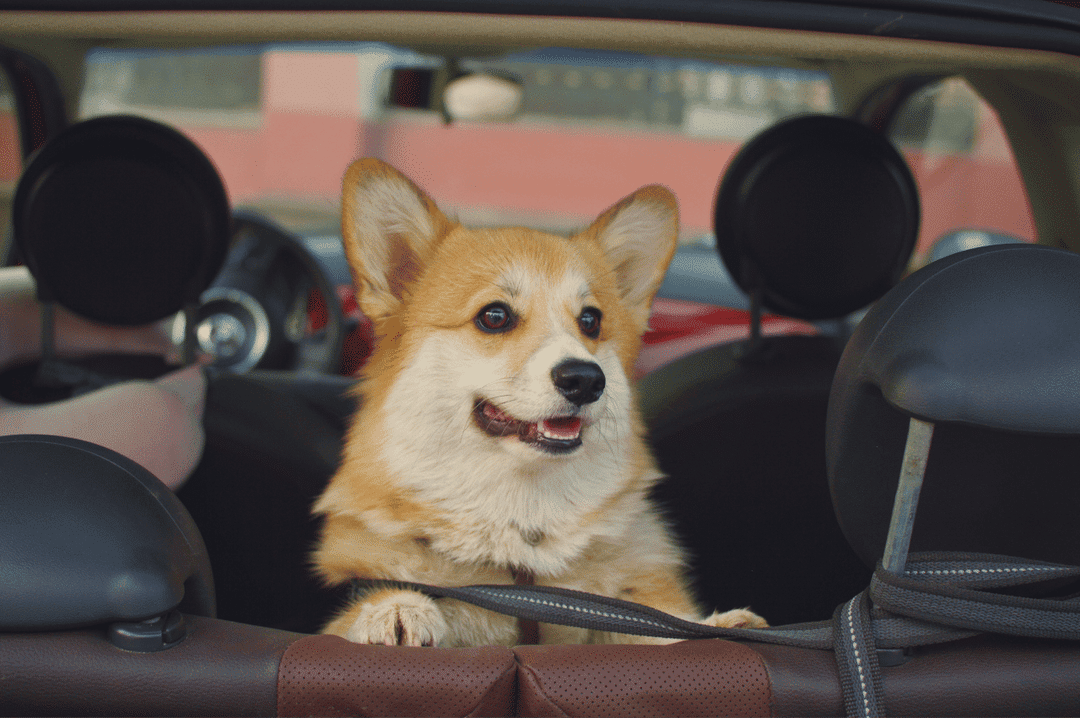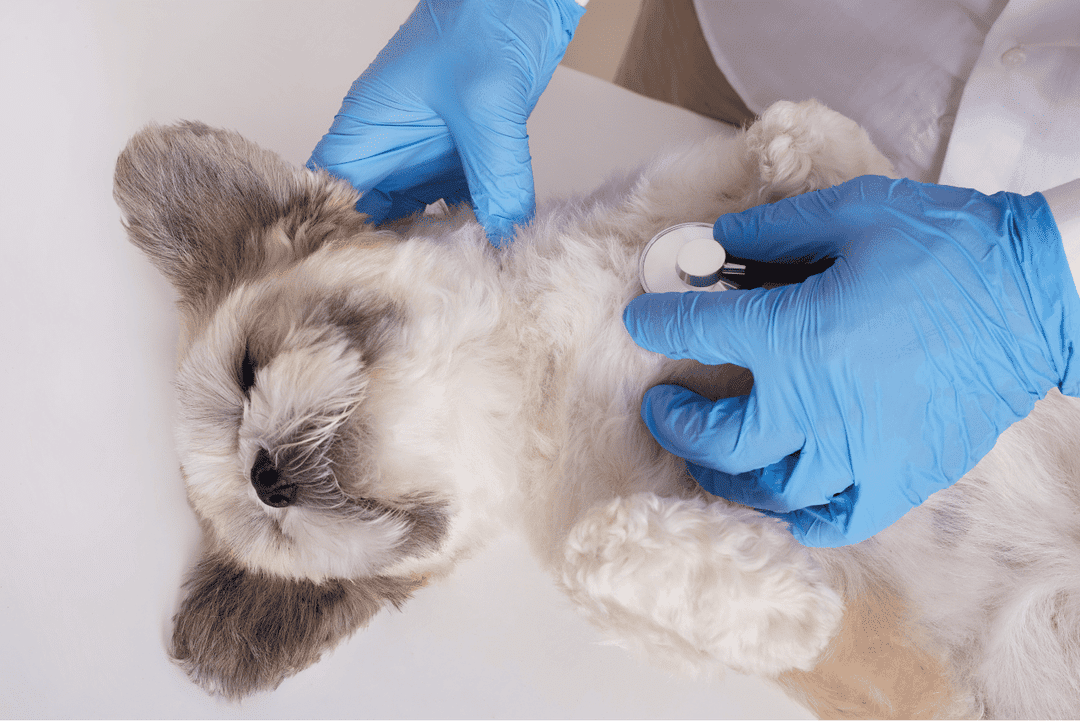
Health & Wellness
How to Prepare Your Dog for a Vet Visit
• 6 min read
Ensure a stress-free vet visit for your dog with these essential tips! Taking your dog to the vet can be a daunting experience, but with proper preparation, you can make it smooth and stress-free for both you and your furry friend. This guide will walk you through the steps to prepare your dog for a vet visit, ensuring a calm and positive experience.
Importance of Preparing Your Dog for a Vet Visit
Benefits of Preparation
Preparing your dog for a vet visit is crucial for several reasons:
Reduces Anxiety for the Dog: A well-prepared dog is less likely to experience anxiety and fear during the visit.
Makes the Vet's Job Easier: When your dog is calm and cooperative, the vet can perform their job more efficiently and effectively.
Ensures a Smoother Visit: Preparation helps in making the entire process smoother, from the car ride to the examination.
Steps to Prepare Your Dog
Familiarizing with the Vet’s Office
One of the best ways to reduce your dog's anxiety is to familiarize them with the vet's office.
✅ Pre-Visit Tours
Visiting the Office Without an Appointment: Take your dog to the vet's office when you don't have an appointment. This allows them to explore the environment without the stress of an examination.
Allowing Your Dog to Explore the Waiting Area: Let your dog sniff around and get used to the smells and sounds of the clinic.
✅ Meeting the Staff
Introducing Your Dog to the Vet and Staff: Arrange for brief, positive interactions between your dog and the clinic staff. This helps build a positive association with the people they will see during their visit.
Positive Interactions with Clinic Staff: Encourage the staff to offer treats and gentle petting, reinforcing positive experiences.
Desensitization Techniques
At-Home Practice
Desensitizing your dog to being handled and to the procedures they will experience at the vet is essential.
✅ Handling Exercises
Getting Your Dog Used to Being Touched: Regularly handle your dog's paws, ears, and mouth at home to get them accustomed to being touched.
Practicing Gentle Handling of Paws, Ears, and Mouth: Incorporate gentle, regular handling into your daily routine, rewarding your dog with treats for staying calm.
✅ Simulating Vet Visits
Mimicking Vet Procedures at Home: Practice common vet procedures like gentle restraint and examination at home. Use treats and positive reinforcement to make these experiences pleasant.
Using Treats and Positive Reinforcement: Reward your dog with treats and praise for calm behavior during these mock examinations.
Car Ride Preparation
Many dogs associate car rides with vet visits, which can cause anxiety.
✅ Short Practice Rides
Taking Your Dog on Short, Frequent Car Rides: Gradually get your dog used to car rides by taking short, frequent trips. This helps them associate the car with positive experiences.
Ensuring a Comfortable Travel Experience: Make the car ride comfortable by using a crate or dog seat belt, and bring along your dog's favorite blanket or toy.
✅ Comfort Items
Bringing Your Dog's Favorite Blanket or Toy: Familiar items can provide comfort and reduce anxiety during the car ride and at the vet's office.
Reducing Anxiety Before the Visit
Calm Environment
Creating a calm environment before the visit can significantly reduce your dog's anxiety.
Pre-Visit Routine
Keeping the House Calm and Quiet: Maintain a calm and quiet environment at home before the vet visit to avoid adding stress.
Avoiding Stressful Activities Before the Visit: Avoid activities that might stress your dog out, such as baths or nail trims, on the day of the visit.
Exercise
Giving Your Dog a Good Walk or Play Session: Exercise can help burn off excess energy and reduce anxiety. Take your dog for a walk or have a play session before the visit.
Using Calming Aids
✅ Natural Remedies
Herbal Supplements or Calming Sprays: Consider using natural calming aids like herbal supplements or calming sprays to help your dog relax.
✅ Comforting Music
Playing Soothing Music During the Car Ride: Play calming music during the car ride to help keep your dog relaxed.

What to Bring to the Vet
Essential Items
Being prepared with the right items can make the visit go more smoothly.
✅ Medical Records
Bringing Any Necessary Documents: Ensure you bring all necessary medical records, including vaccination history and any previous medical issues.
Ensuring the Vet Has All Relevant Information: This helps the vet make informed decisions about your dog's care.
✅ Comfort Items
Bringing a Favorite Toy or Blanket: Familiar items can help comfort your dog during the visit.
Treats and Rewards
Using Treats for Positive Reinforcement: Bring your dog’s favorite treats to reward them for good behavior throughout the visit.
During the Vet Visit
Managing Your Dog’s Behavior
How you handle your dog during the visit can impact their stress levels.
Staying Calm
Remaining Calm and Composed: Dogs can sense their owner's anxiety. Stay calm and composed to help your dog feel more secure.
Using a Soothing Tone of Voice: Speak to your dog in a calm, soothing tone to reassure them.
Distraction Techniques
Using Toys or Treats to Distract Your Dog: Keep your dog focused on toys or treats to distract them from the procedures.
Keeping Your Dog Focused on You: Maintain your dog's focus on you through eye contact and gentle commands.
Post-Visit Care
After the Appointment
After the visit, it’s important to reinforce positive behavior and monitor your dog.
Positive Reinforcement
Rewarding Your Dog for Good Behavior: Offer treats and praise for good behavior during the visit to reinforce positive associations.
Offering Treats and Praise: Continue to reward your dog for calm and cooperative behavior.
Monitoring Your Dog
Watching for Any Signs of Stress or Discomfort: Keep an eye on your dog for any signs of stress or discomfort after the visit.
Providing a Calm and Restful Environment at Home: Ensure your dog has a quiet and comfortable place to rest after the vet visit.
Frequently Asked Questions
How Can I Help My Dog Who is Extremely Anxious About Vet Visits?
For dogs with severe anxiety, consider seeking advice from your vet or a professional trainer. They may recommend specific training techniques or medication to help manage your dog's anxiety.
Are There Any Specific Training Exercises to Help My Dog Get Used to the Vet?
Yes, desensitization and counterconditioning exercises can be very effective. Gradually exposing your dog to vet-like procedures at home and rewarding them for calm behavior can help.
What Should I Do if My Dog Has a Negative Experience at the Vet?
If your dog has a negative experience, try to make future visits as positive as possible. Use high-value treats, stay calm, and take things slowly. It might also be helpful to speak with your vet about strategies to make visits less stressful.

Wrapping Up
Summary of Key Tips
Preparation is Key: Familiarize your dog with the vet's office and staff, and practice handling exercises at home.
Use Positive Reinforcement: Reward your dog with treats and praise for calm behavior.
Create a Calm Environment: Maintain a calm environment at home and during the car ride to the vet.
Encouragement to Prepare Thoroughly
Taking the time to prepare your dog for vet visits can make a significant difference in their experience. Patience and consistency are essential for reducing anxiety and ensuring a positive experience.
Final Thoughts on the Benefits of a Calm Vet Visit
A well-prepared dog is more likely to have a positive experience at the vet, which benefits both the dog and the owner. By following these steps, you can help ensure that vet visits are less stressful and more productive.
MMDC Team
Healthy Pet, Happy Pawrents 💛